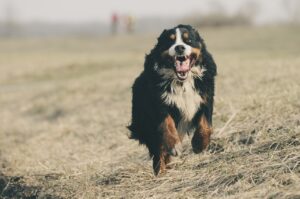
Exploring the Benefits of Dog Runs: Why Every Dog Owner Should Consider Them
As a dog owner, it’s essential to provide your furry friend with a safe and secure place to enjoy the outdoors. One excellent option is

As a dog owner, it’s essential to provide your furry friend with a safe and secure place to enjoy the outdoors. One excellent option is
Puppies bring boundless joy and warmth to our lives, and as responsible pet owners, it’s crucial to provide them with the utmost comfort and care,
Welcome to our comprehensive guide on the intriguing behavior of our canine companions – sighing. As devoted dog lovers and experienced pet enthusiasts, we’ve
Welcoming a furry friend into your home brings immense joy and companionship. However, as a responsible pet owner, it’s crucial to keep a close
Dogs, despite their domestication from wolves over 15,000 years ago, still retain certain wolf instincts and behaviors. One such behavior is howling. Whether they
Have you ever wondered why your beloved pooch indulges in a grass feast every now and then? It’s a behavior that has puzzled dog
Are you welcoming a new furry friend into your home? One of the first and most exciting decisions you’ll make is choosing the perfect
Bringing a new puppy into your life is an exciting and joyful experience. As a responsible dog owner, it’s crucial to understand the importance of
Walking your dog is not just about physical exercise; it’s a fundamental aspect of their overall well-being. However, taking your furry friend for a
As a responsible dog owner, it’s vital that your furry companion has a safe environment in which they can exercise and explore freely. Dog kennel
WhatsApp Us